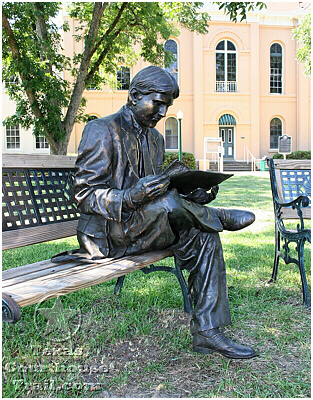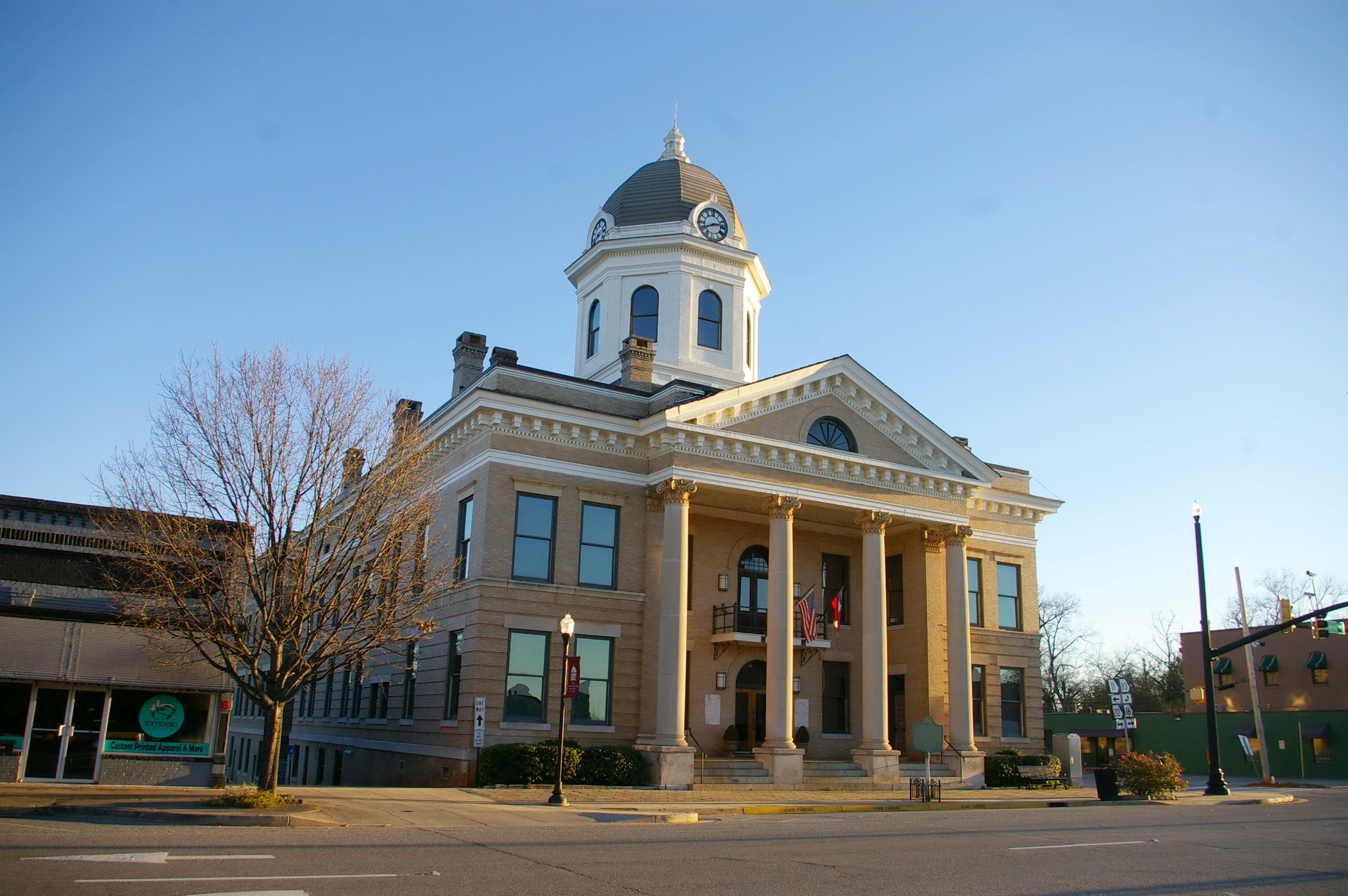
In 2005 she released the album Jasper County, named for her home county.Īccording to the 2020 U.S. The award-winning country music singer Trisha Yearwood was born in Monticello.

The Seven Islands Trail is in Monticello. Much of this large wooded tract was deforested during the cotton plantation era but has been replanted for both people and wildlife to enjoy. Part of the Oconee National Forest, the only national forest in Georgia’s Piedmont, is in Jasper County. Jasper County shares the lake with Butts and Newton counties. The lake was formed when the Central Georgia Power Company (later, Georgia Power Company) created a dam and hydroelectric plant at Lloyd Shoals on the Ocmulgee River in 1910.

Residents began encouraging the growth of tourism by promoting their national forest areas and Jackson Lake.Īmong the outdoor attractions is the Lloyd Shoals Dam, also called Jackson Lake, which covers 4,750 acres, with 135 miles of shoreline. During the 1980s a number of clothing and textile factories in the county closed, making a serious dent in the local economy. Later they adopted a diversified range of commodities from livestock and poultry to wood products. Those who remained began growing peaches. After “King Cotton” lost its battle with the boll weevil and economic depression, many farm workers left the county. The current courthouse, made of marble and brick, was completed in 1907.Īmong the other communities in Jasper County are Farrar, Hillsboro, Kelly, and Shady Dale, which is the only other incorporated town.Īs with much of the state, cotton was once the primary crop grown in Jasper County. A log cabin served as courthouse until 1838, when it was replaced with a brick building. Court was first held in the home of John Towns, one of the settlers. The county seat, Monticello, was named after U.S president Thomas Jefferson’s home in Virginia by the town’s founders, Virginians who had settled the area in 1808. Abandoned mill buildings were finally torn down in the 1980s. The Seven Islands mills were operated until cotton lost its dominance in Georgia’s economy. Sherman’s troops destroyed much of the railroad infrastructure during their march to the sea, and until the railroads could recover, the river once again was used for transporting goods. During the Civil War (1861-65), however, Union troops laid two pontoon bridges across the Ocmulgee River at Planter’s Factory near Seven Islands and crossed into Jasper County between November 17 and 20, 1864. In the 1830s and 1840s the importance of the river and coach road for transportation of goods declined in favor of rail transportation. The products of these industries were shipped out to seaports via the stagecoach road. The Seven Island Stagecoach Road became a valuable route for cotton planters, who shipped their cotton down the Ocmulgee River to mills near “Seven Islands,” which grew into a thriving commercial center complete with cotton gins and grist-, saw-, and textile mills.

Settlements grew up around the stagecoach stops. A treaty with the Creek nation that year provided land for a stagecoach route (the Seven Islands Stagecoach Road) from Augusta, Georgia, to Mobile, Alabama. The first known white settler was a deer hunter known only by the name Newby, who lived near present-day Hillsboro as early as 1790. The first non-Indians to settle in what became Jasper County arrived in the late eighteenth century. The Creek Indians long maintained settlements on the shoals of the Ocmulgee River, and Carolina fur trappers traded with them at a location known as the “Seven Islands of the Ocmulgee” as far back as the 1670s. Jasper County Courthouse Courtesy of Don Bowman


 0 kommentar(er)
0 kommentar(er)
